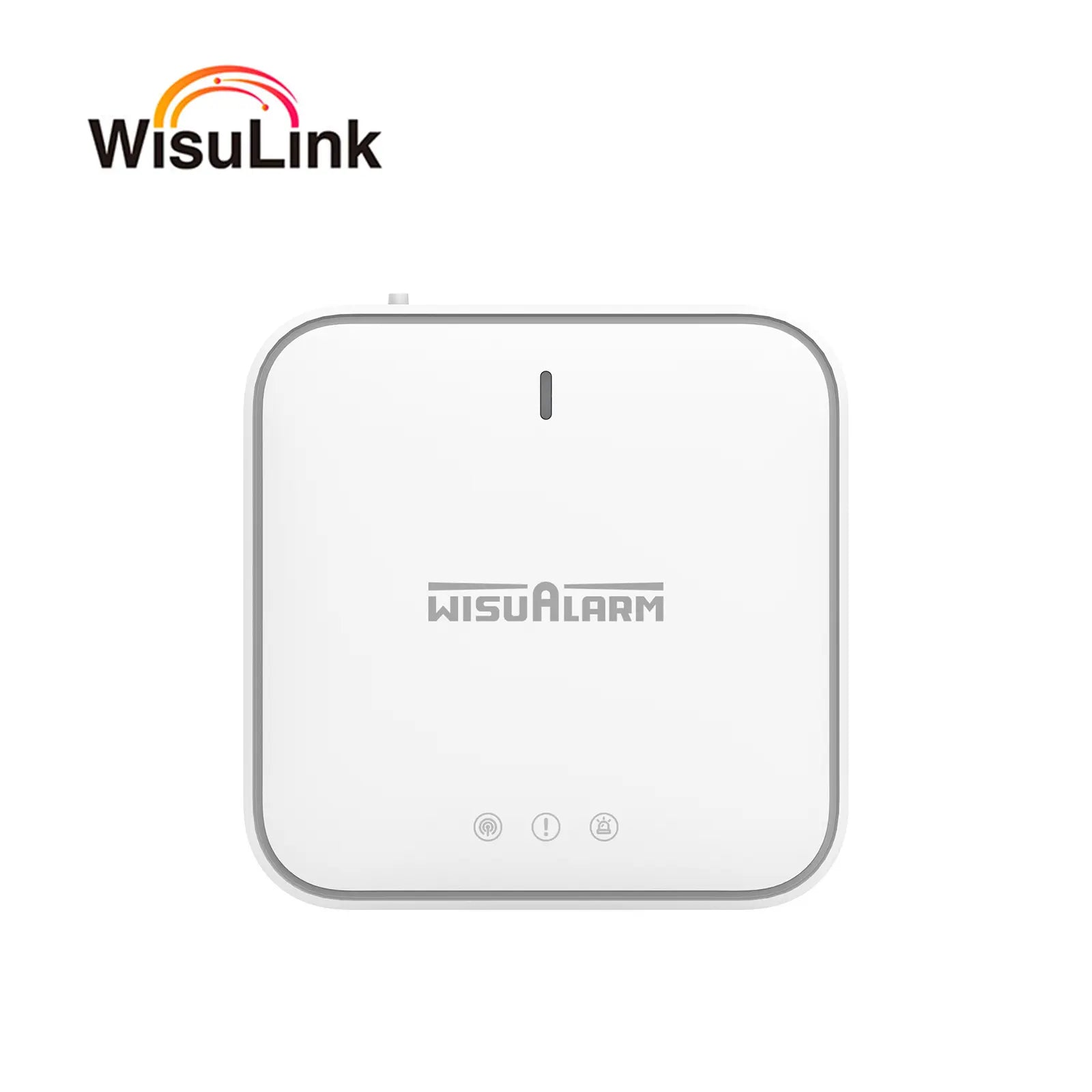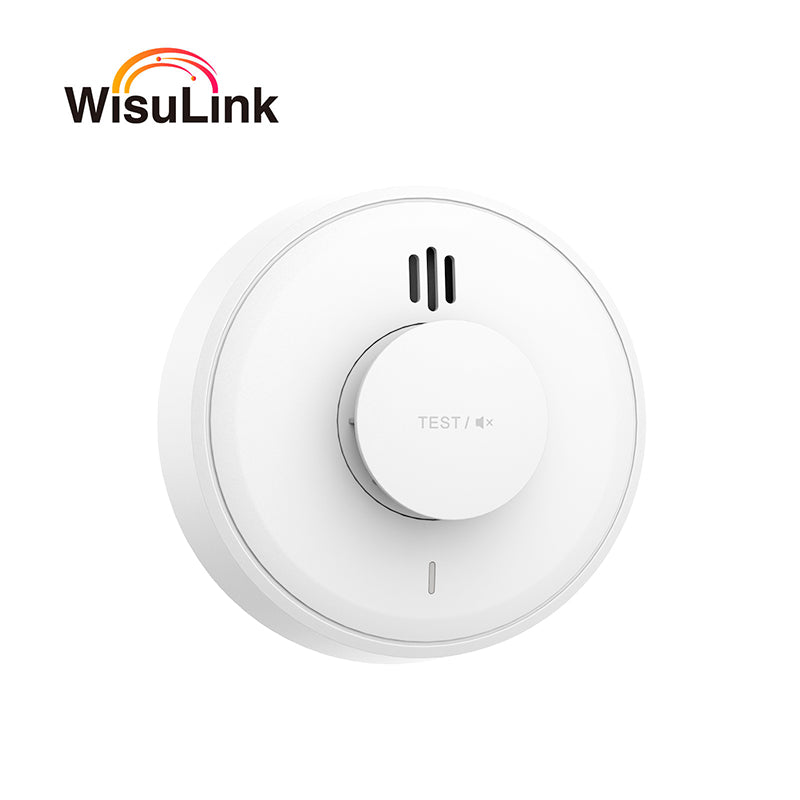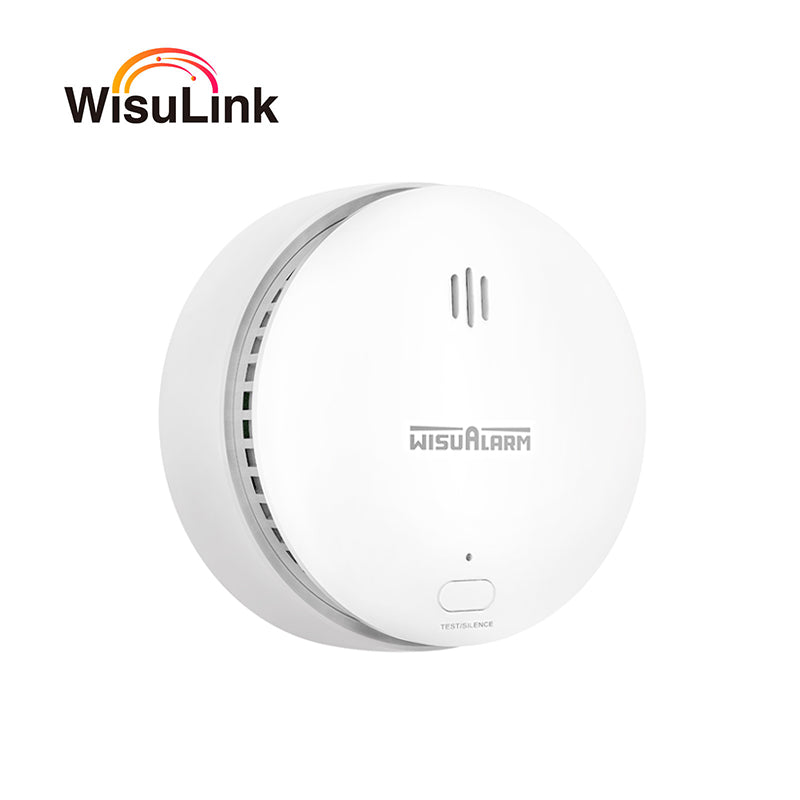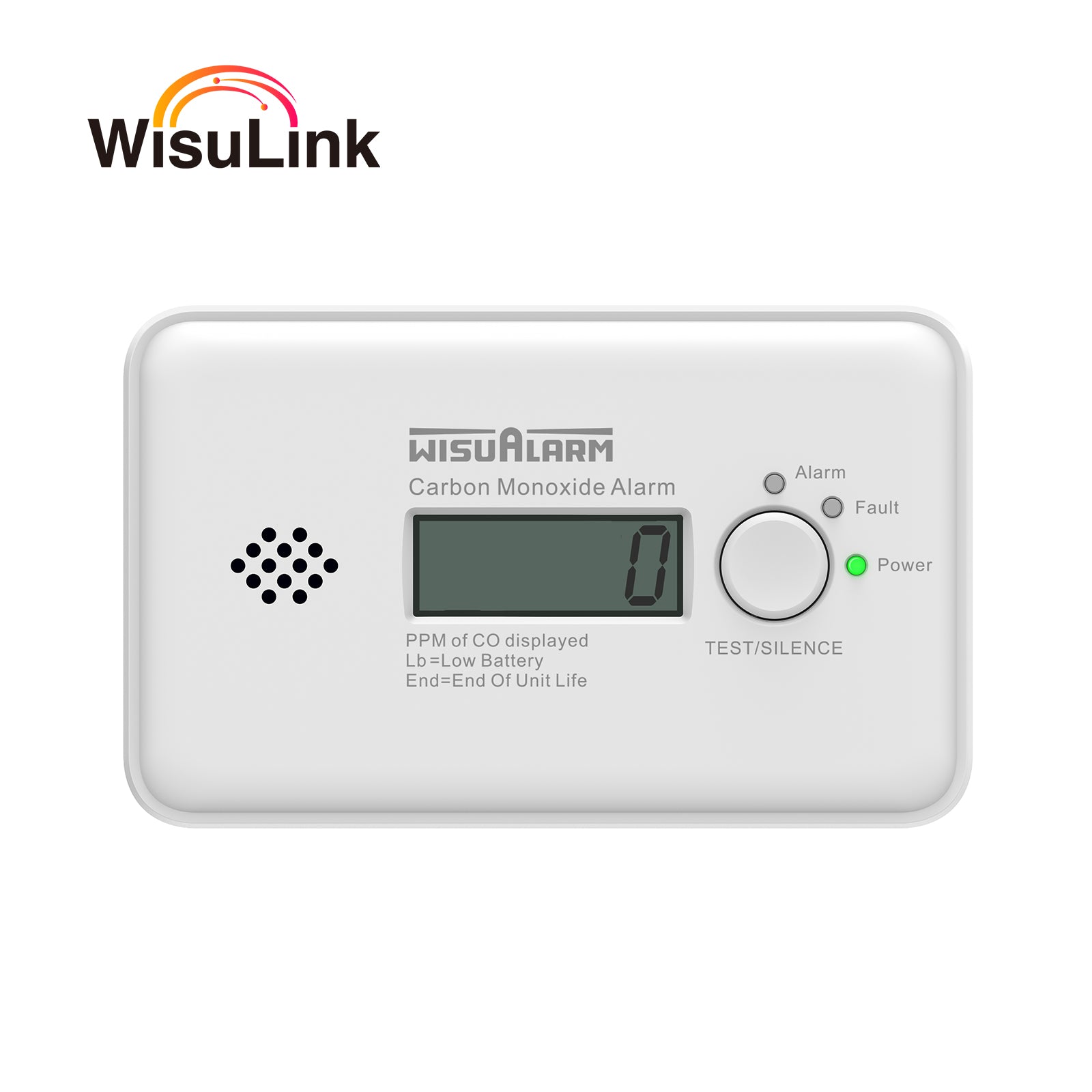In our daily lives, we often take various safety measures for granted, from smoke detectors in our homes to fire extinguishers in offices. Yet, one crucial component of fire safety that is often overlooked is the heat alarm. This blog post aims to provide a comprehensive overview of heat alarms, their functionality, significance, and best practices for installation and maintenance.
What is a Heat Alarm?
A heat alarm is a safety device designed to detect excessive heat in the environment and provide early warnings to prevent potential disasters. Unlike smoke alarms that detect particles from fires, heat alarms monitor temperature changes, making them ideal for locations where smoke detectors may produce false alarms due to dust, steam, or other non-threatening substances.
How Do Heat Alarms Operate?
Heat alarms operate based on two primary detection methods: fixed temperature detection and rate-of-rise detection.
-
Fixed Temperature Detection: This type of heat alarm activates when a specific temperature threshold is exceeded, commonly around 135°F (57°C). These alarms are particularly useful in environments where maintaining a certain temperature is critical, such as commercial kitchens or warehouses.
-
Rate-of-Rise Detection: Rate-of-rise heat alarms trigger when they detect a rapid increase in temperature, such as a 15°F (8.3°C) increase within one minute. This feature is crucial in identifying potential fire hazards early, as it reacts to quick changes rather than just a static high temperature.
Why Heat Alarms are Important
-
Early Warning System: The primary function of heat alarms is to provide advanced warnings of fire hazards. Early detection significantly improves response times, allowing individuals to take preventive measures or evacuate safely.
-
Health and Safety: Heat alarms are vital in protecting people, especially in high-risk environments such as factories, kitchens, and server rooms. Overheating can lead to dangerous situations, and having a heat alarm in place helps to mitigate these risks.
-
Asset Protection: Businesses invest heavily in equipment, inventory, and facilities. A heat alarm system can prevent costly damage caused by overheating or fire, preserving investments and minimizing disruption.
-
Regulatory Compliance: Many industries are required by law to maintain safety standards, including the installation of heat detection systems. Compliance with these regulations not only helps avoid penalties but ensures a safe environment for employees and visitors.
Best Practices for Heat Alarm Installation
-
Assess the Environment: Determine the best locations for heat alarms by considering potential heat sources and areas at risk. Kitchens, attics, and utility rooms are common places to install heat alarms.
-
Follow Manufacturer Guidelines: Each heat alarm has specific installation requirements. Always refer to the manufacturer’s instructions to ensure proper setup and functionality.
-
Integrate with Other Safety Systems: Consider installing heat alarms as part of a comprehensive fire protection strategy. Integration with smoke detectors and fire suppression systems can enhance overall safety measures.
-
Regular Testing and Maintenance: Regularly test your heat alarms according to the manufacturer's recommendations to ensure they are functioning correctly. Replace batteries as needed, and consider professional inspections annually.
-
Educate Your Team: For businesses, training employees on the operation of heat alarms and emergency protocols is crucial. Ensuring that everyone knows what to do when an alarm is triggered can save lives.
Conclusion
Heat alarms play a crucial role in fire safety and can be the difference between a minor incident and a major disaster. By understanding their operation, significance, and installation best practices, individuals and organizations can effectively manage the risks associated with overheating and fires.
If you're in the market for reliable heat detection solutions, look no further than Wisualarm. Wisualarm provides state-of-the-art heat alarms designed to meet the highest safety standards, ensuring that you are protected against temperature-related hazards. With advanced sensing technology and easy integration capabilities, our heat alarms can be tailored to fit any environment, providing peace of mind for homeowners and businesses alike.
Visit our website today to discover how Wisualarm can enhance your safety measures and safeguard your assets against potential temperature threats.









































Leave a comment